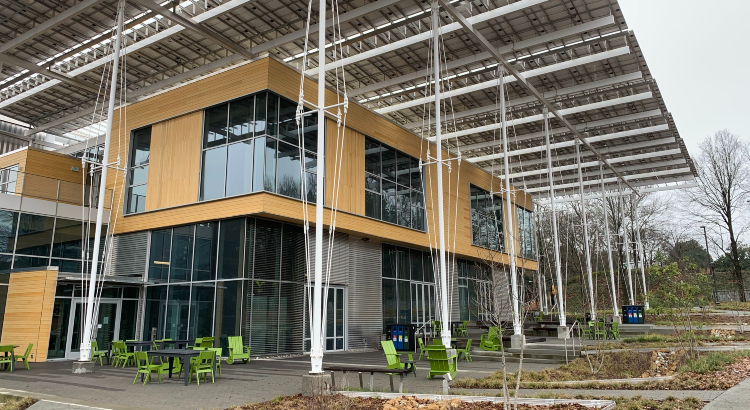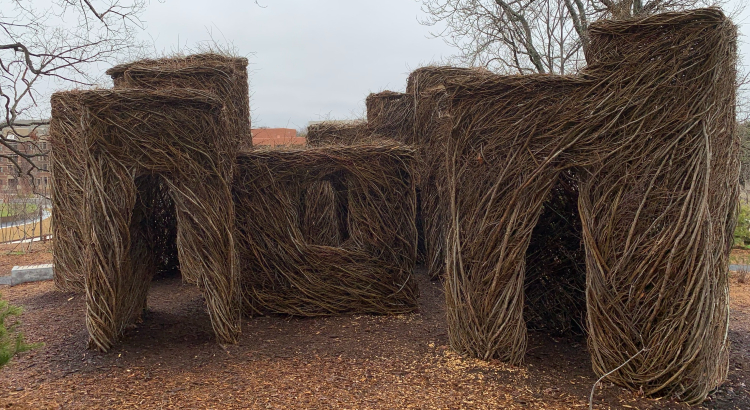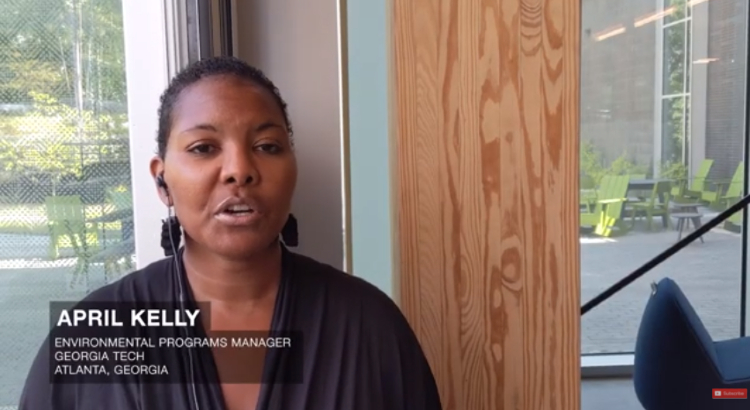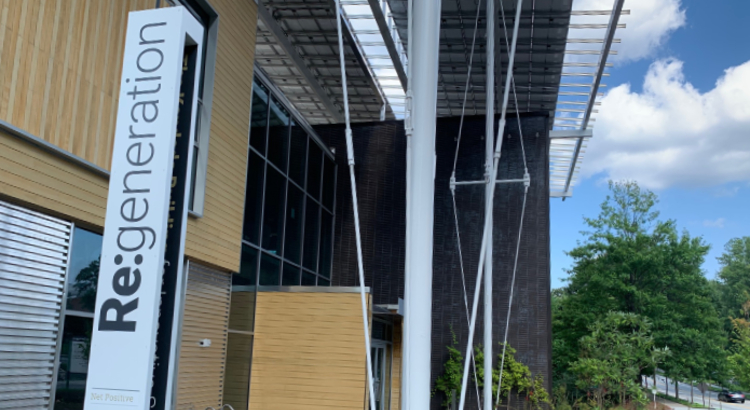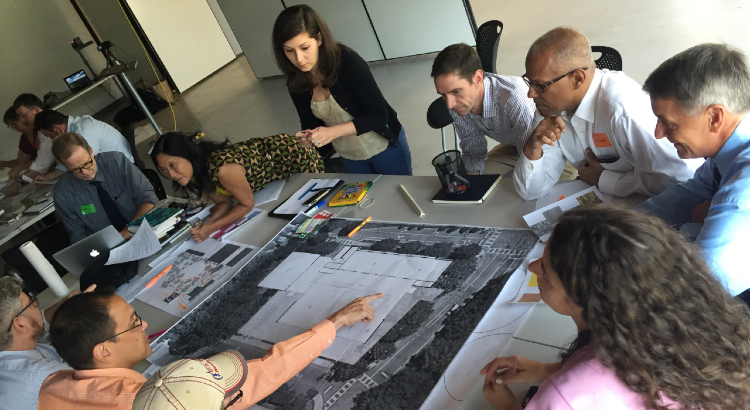3 project leaders on the impact of the Kendeda Building
The Kendeda Fund’s Dennis Creech, and John DuConge and Shan Arora of Georgia Tech, on the Kendeda Building’s impact on sustainable design and construction.
Kendeda Building earns Living Building Challenge certification
The Kendeda Building for Innovative Sustainable Design at Georgia becomes one of 28 building’s worldwide to earn full certification under the rigorous green building standard.
A village of sticks overlooks the Kendeda Building
Patrick Dougherty isn’t the first sculptor to observe that his work has something in common with architecture. In his case, though, the adage is particularly apt.
Register here for The New Normal panel discussion
Georgia Tech staff, faculty and students participate in video viewing and online panel discussion Thursday on the sustainable response to COVID-19.
What’s the post-COVID ‘new normal’ for green buildings?
The Kendeda Building team at Georgia Tech put together a thought-provoking video that cracks a topic on a lot of minds in the design and construction industries.
FSC lumber treks from Alabama forest to Westervelt mill to Kendeda Building
While there are many ways regenerative design can have an impact, few have as broad an influence across the Southeast as wood sourcing
The Kendeda Building steps toward certification
The Kendeda Building for Innovative Sustainable Design is fast approaching submission of the first batch of documents that required to provide as part of the Living Building Challenge certification process, says Building Direct Shan Arora.
Nine COVID-combating features in a Living Building
Do buildings that are designed with nature in mind have advantages in the fight against coronavirus? Let us count the ways.
COVID-19 & intentional design
The design process for Living Building Challenge projects is disciplined and rigorous. That rigor lends itself to solving precisely the kinds of complex problems that infectious diseases present.
